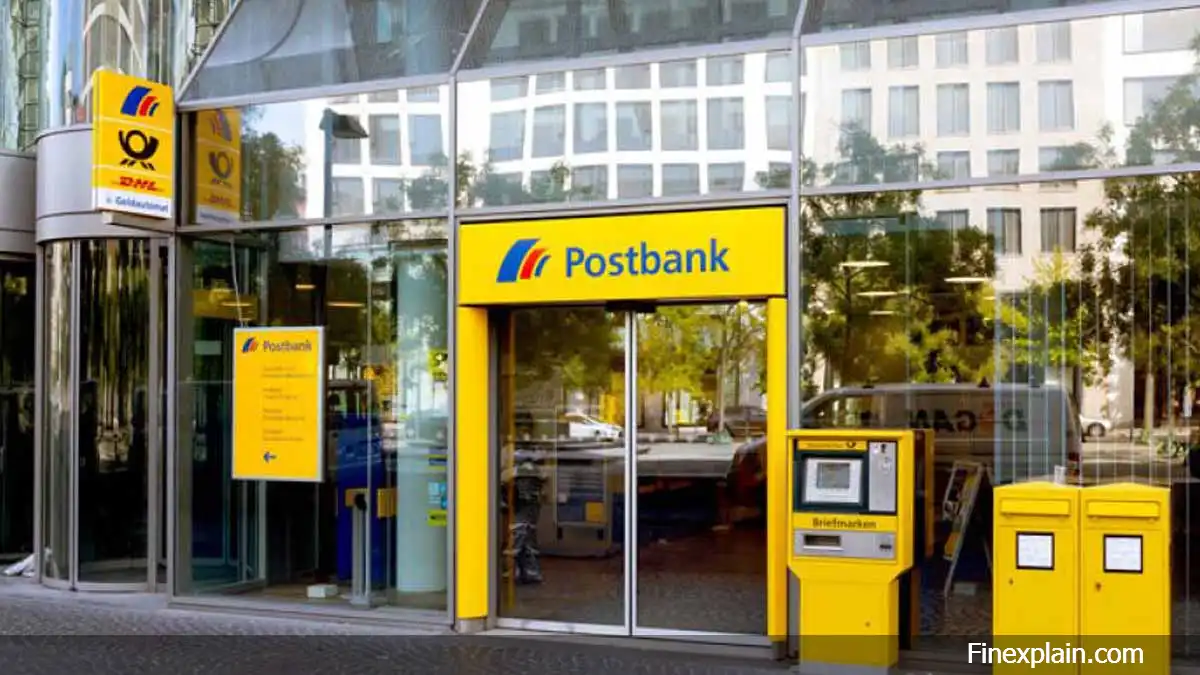Cryptocurrency mining used to be a lucrative business, especially in the early days of Bitcoin. However, over time, mining has become less profitable for the average user. In this article, we explain how mining works and why it’s no longer as attractive as it once was.
What is cryptocurrency mining?
Mining is the process of verifying cryptocurrency transactions and adding them to a public ledger called the blockchain. Miners use powerful computers to solve complex mathematical problems. The first to solve the problem adds the new block and is rewarded with newly minted coins and transaction fees.
Read also: What to do if you can’t mine crypto anymore
Mining process overview
| Step | Description |
|---|---|
| 1. Transaction Broadcast | Users send transactions to the network. |
| 2. Validation | Miners validate transactions using cryptographic algorithms. |
| 3. Block Creation | Validated transactions are grouped into a block. |
| 4. Proof of Work | Miners compete to solve a mathematical puzzle. |
| 5. Block Addition | The winner adds the block to the blockchain and receives a reward. |
Why mining has become unprofitable
- Increased Difficulty: As more miners join, the network increases the difficulty of the puzzles.
- Higher Electricity Costs: Mining requires large amounts of power, which can be costly depending on the region.
- Expensive Equipment: Efficient mining requires specialized hardware (ASICs), which are expensive and quickly outdated.
- Lower Rewards: Many cryptocurrencies reduce rewards over time (e.g., Bitcoin halving).
- Environmental Regulations: In some countries, mining is restricted or banned due to its environmental impact.
Profitability breakdown
Conclusion
While cryptocurrency mining was once a highly profitable endeavor, rising costs and increasing competition have made it far less appealing. Today, profitability is mostly limited to large-scale operations with cheap electricity and optimized equipment.
Share this article:





